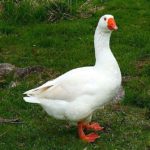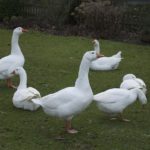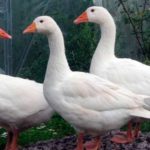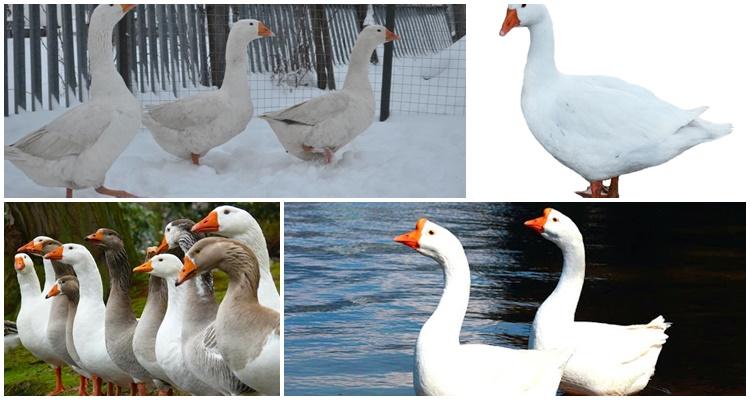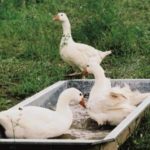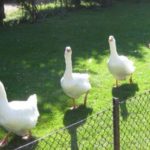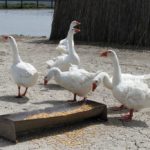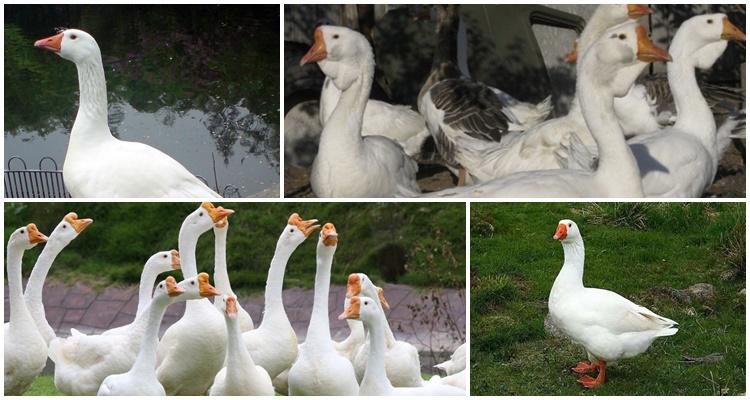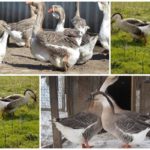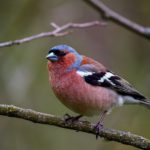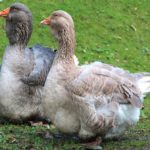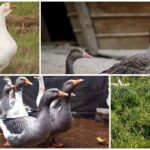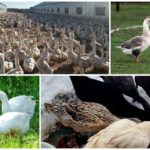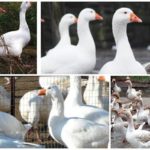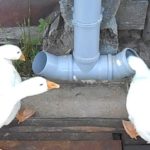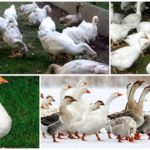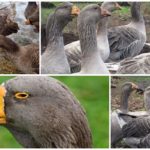Rhine geese were bred in Germany and became widespread in eastern Europe. These birds came to Russia in the sixties of the last century from Hungary. Rhine geese are characterized by high egg production parameters and rapid development. To achieve good results in raising birds, it is important to provide them with proper care. Prevention of pathologies is of great importance.
Description and characteristics of Rhine geese
Rhine geese are characterized by excellent external characteristics.That is why representatives of this breed often take prizes at international exhibitions. So, birds have the following characteristics:
- Snow-white color with a silver tint. At the same time, the feathers do not change color even during molting. This feature distinguishes Rhine geese from other breeds that change color depending on the season or weather.
- High quality down. Birds are characterized by strong feathers that fit tightly to the body.
- Knocked down torso. It is small in size. Birds are also characterized by well-developed muscles.
- Rounded back. It is slightly inclined towards the back of the body and gradually passes into the tail. There is a small bump on the back.
- Wide chest. She is considered well-developed, short and muscular.
- Soft, convex belly. There is some fat deposits on it. There is a double fold in the lower part of the abdomen.
- High wings. They cover their back completely and are covered with thick and soft feathers.
- Developed shins. They are covered to the middle by the dorsal feathers.
- Small head. It is characterized by the correct form. The head is on a strong neck.
- Orange paws. The beak has the same color.
- Dark blue eyes. They are characterized by their small size and round shape.
Rhine geese are characterized by a compact build that looks quite harmonious. It is worth considering that defective birds are those with a tall body, an overly long neck, a sharp tail and dark feathers on the wings. Such birds are culled during infancy.
Positive and negative sides
Maintenance and care at home
To keep geese, it is recommended to properly equip the house. It must have wooden flooring and tightly knit boards. These birds do not require much space. However, there should be at least 0.5 cubic meters of space per 1 goose.
In summer
In warm weather, it is recommended to walk birds outdoors. Their health largely depends on this. Ideally, geese should be kept in the fresh air all day and only returned to the house at night. If you do not walk geese, there is a risk of developing pathologies. In this case, the birds will get sick even with proper nutrition.
It is also important to provide birds with water treatments in summer. Geese are known for their cleanliness. It is important for them to regularly take baths and clean their feathers. A small pond is suitable for such procedures. If there is none nearby, you should put a bath in the pasture. It is recommended to change the water every 3-4 days. In this case, the bath should be out of the sun's reach.
in winter
Despite the birds' resistance to frost, they are highly susceptible to drafts. Therefore, before winter it is worth removing all the cracks and holes in the floor and walls. To achieve additional insulation, it is recommended to lay a layer of straw on the floor.
What to feed the birds?
These birds are distinguished by their undemanding diet. Fresh or dried grass is used as the basis of the diet. It is important for young geese to plan their menus quite carefully.For full development, they need vitamins and minerals. To do this, use juicy types of food, fresh grains, chopped cabbage or beets, and corn cobs.
To supply the birds with calcium, it is recommended to add crushed egg shells to their main food once a week. In this case, the daily amount of food for a young bird reaches 1 kilogram. The basis of the diet is fresh or dry grass.
Geese over 4 months of age do not require feeding. They only need fresh and dried grass in a ratio of 80:20. Adult birds can consume up to 2.5 kilograms of greens per day.
Geese breeding
Rhine geese are characterized by high egg production parameters. At the same time, the fertilization abilities of ganders are considered to be quite low. At 1 year this figure is 63-69%. In the second year you can get up to 40%. However, other parameters are considered quite good:
- hatchability is 65-70%;
- the safety of young animals is at the level of 94-96%.
Geese rarely show maternal instinct. This is typical for only 5% of females. Therefore, the main method of breeding goslings is incubation.
Diseases and prevention
Sometimes geese encounter unpleasant pathologies. Aspergillosis is considered a common disorder. It is caused by mold fungi. When they enter the respiratory system, they begin to develop there, producing toxins.
Another common pathology of geese is colibacillosis. Its causative agent is considered to be Escherichia coli. When the immune system is weakened, there is a risk of damage to the intestines, ovaries, and oviduct.
Non-infectious pathologies that are dangerous for geese include vitamin deficiency. At the same time, birds lag behind in development, lose appetite and reduce productivity. To avoid dangerous pathologies, you should follow the following rules:
- disinfect the poultry house;
- strengthen the immunity of birds;
- Vaccinate regularly.
Rhine geese are considered very unpretentious, which is why they are very popular among farmers. However, for high productivity, birds require the right conditions and a balanced diet.

